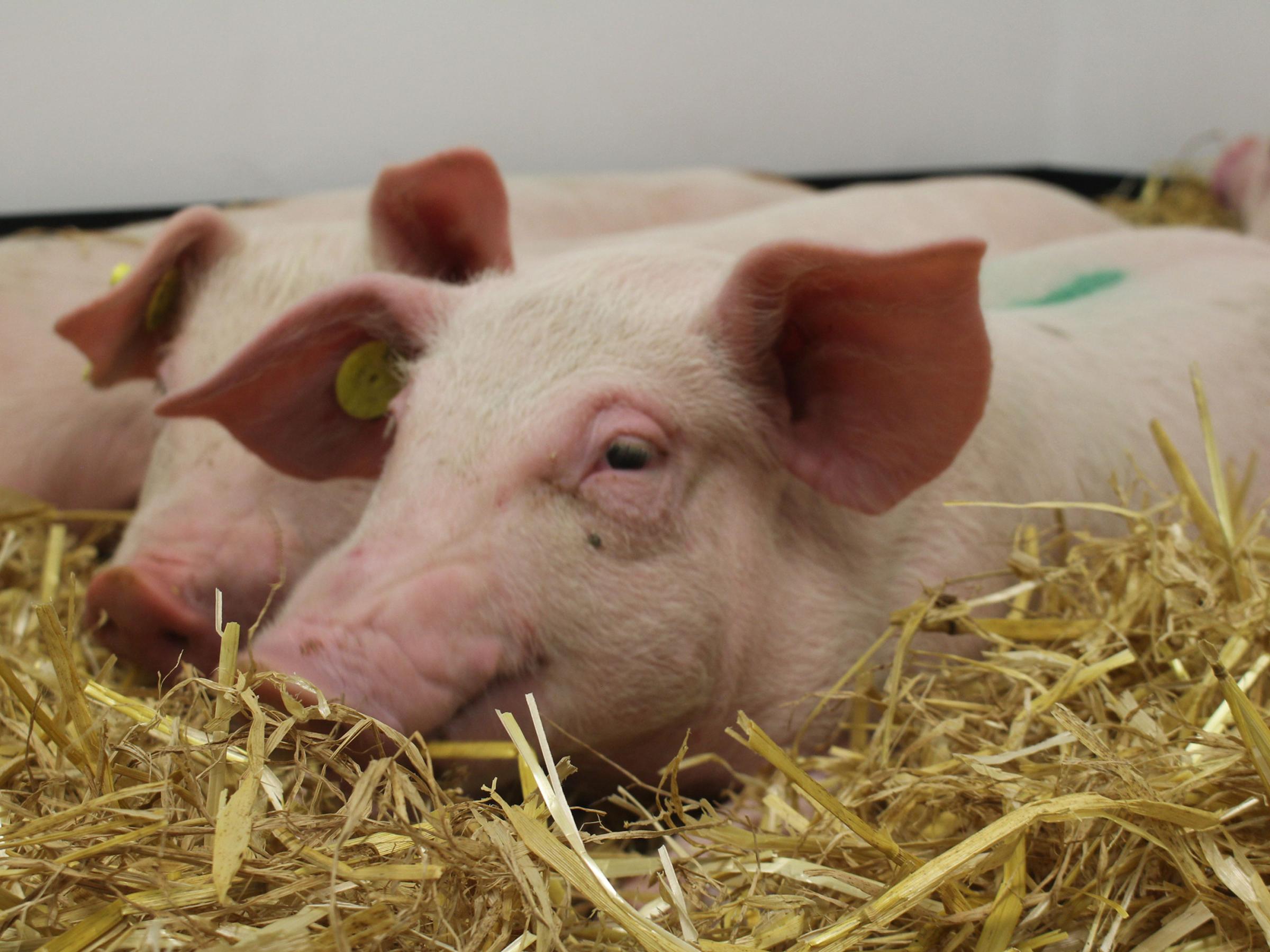Respiratory viruses are a major threat to global health, but why some people experience severe lung damage from infections like SARS-CoV-2 while others have mild symptoms is something that researchers have sought to understand.
A new study lead by Pirbright researchers uses pigs to explore how the immune system deals with respiratory coronaviruses.
Pigs are a natural host for porcine respiratory coronaviruses (PRCV), which are related to human coronaviruses.
Unlike commonly used animal models such as mice, ferrets, and hamsters - none of which are natural hosts for SARS-CoV-2 - pigs share key physiological, anatomical, genetic, and immunological similarities with humans. This makes them a valuable model for studying coronavirus infection and immune responses.
To investigate what drives differences in disease severity, the team analysed the effects of one low-pathogenic and one high-pathogenic strain of PRCV. Their findings suggest that both a high viral load and a strong immune response may contribute to lung damage.
The high-pathogenic strain triggered a strong immune response and significant lung inflammation, mirroring the severe pneumonia seen in some COVID-19 patients. In contrast, the low-pathogenic strain caused a more balanced immune response, with more regulatory T cells that help control inflammation.
They also found that infection altered the activity of genes involved in antibody production. These changes persisted long after the virus was cleared, suggesting a lasting impact on lung health, echoing the lingering effects seen in long COVID patients.
Prof. Elma Tchlian, Mucosal Immunology group lead said “As pigs are natural hosts for respiratory coronaviruses and share many similarities with humans, they offer a valuable model to study infection in a way that closely mimics human disease.
This pig model is helping us to study coronavirus-induced lung damage and will enable us to test new therapies to prevent severe disease. Gaining a deeper understanding of what drives mild versus severe disease is essential for developing better control strategies against emerging coronavirus threats to both humans and livestock.”
This research provides a detailed map for early gene expression changes during PRCV infection and highlights the potential of the pig model for testing new vaccines and therapeutics. By offering a model that more accurately reflects inflammation in the human respiratory tract, this study could pave the way for better treatments to prevent severe coronavirus disease.
Read the paper
Sedaghat-Rostami, E., Carr, B.V., Yang, L. et al. (2025) Porcine Respiratory Coronavirus as a model for Acute Respiratory Disease: 2 mechanisms of different infection outcomes. Journal of Immunology vkaf066 https://doi.org/10.1093/jimmun/vkaf066


